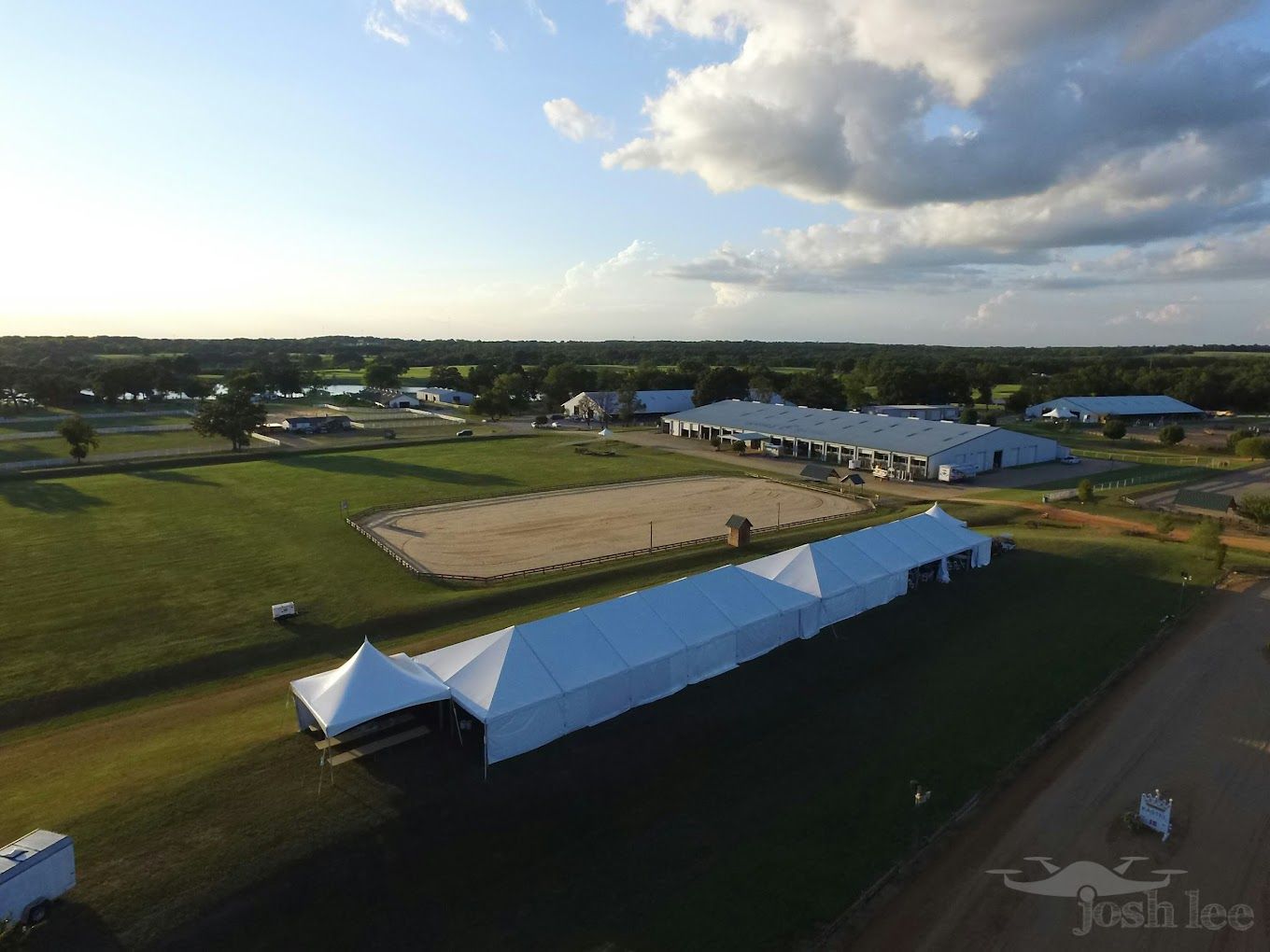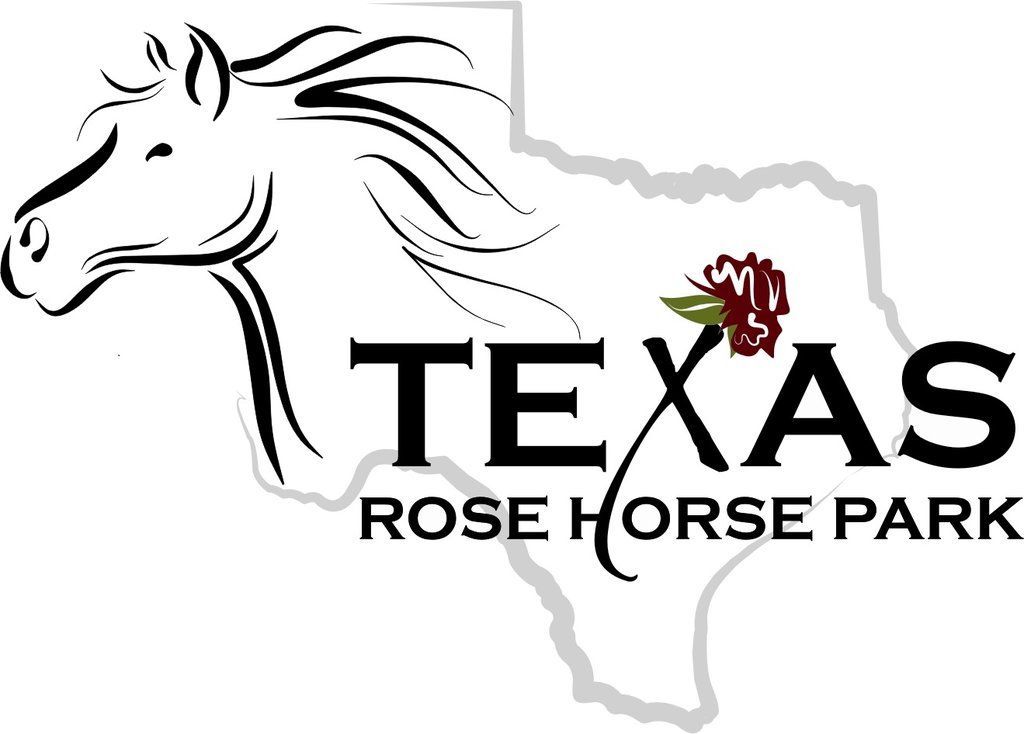Visitor Information
Horse Shows • Boarding • Trail Riding • Lessons • Eventing • and More!
Texas Rose Horse Park is a family-owned and operated premier event facility located in the beautiful rolling hills of Tyler, Texas.
Guide to Horse Shows
We have put together the following guide to help you better understand what is going on in the show rings.
Regional Tourism
Texas Rose Horse Park is conveniently located off Interstate 20 with access to Tyler’s metropolitan area as well as smaller, local towns and cities, all with restaurants, hotels and small businesses to serve tourists and exhibitors from Texas Rose Horse Park. Van, Ben Wheeler, Edom, Lindale and, of course, downtown Tyler are all within a short drive of Horse Park and offer various attractions.
Economic Impacts
A state-of-the art horse show and multi-purpose event facility in the Tyler, Texas, area is a luxury that not many cities possess. In the past year, over 90,000 owners, riders, trainers, and spectators have come to Texas Rose Horse Park. The facility hosted over 70 equestrian events in 2012. Over 100,000 exhibitors and spectators are expected in 2013, with many staying up to two weeks in the area (which is great for the thousands of overnight hotel room stays). We work closely with our sponsors and the local area merchants to enhance the value of their businesses.
Texas Rose Horse Park Events have raised money for local and national non-profit charities, including Habitat for Horses, Azleway, Rotary Club International: Clear Rounds for Clean Water, Boys and Girls Clubs, Cystic Fibrosis, and local charity organizations.
The annual economic impact for the Tyler area from events at Texas Rose Horse Park is estimated to be over $7,000,000.00.
75% of the exhibitors and spectators are high-net-worth individuals that come from Texas, and the majority come from the Dallas/Fort Worth and Houston areas.
Directions to Texas Rose Horse Park
From the East (Shreveport Area) take I-20 west to the Van/Tyler, Highway 110 exit (#548). Turn left/south. Go approximately 1 mile. The equestrian center is on the left.
From the West (Dallas Area) take I-20 east to the Van/Tyler exit, Highway 110 exit (#548). Turn right/south. Go approximately 1 mile. The equestrian center is on the left.
From the South (Houston area) take US 287 north to TX-155 towards Tyler. At FM- 2661 turn left. Left again at TX -64, right onto CR- 413, then left at FM -724. Follow FM-724 to CR-42 and turn right. At TX-110 turn left. The equestrian center is on the right.
From the South (San Antonio area) take I-35 north to US-84 and turn right. Follow US-84 to TX-31, turn right. At FM-314 turn left, right on to FM-279, left on to FM-314 then right onto CR-4906. At CR-4907 turn left to a right turn at CR-4908. (This road turns into CR-426) At CR-422 turn right, then right on to FM-1955 and left on to TX-110. The equestrian center is on the right.
HAVE A QUESTION?



